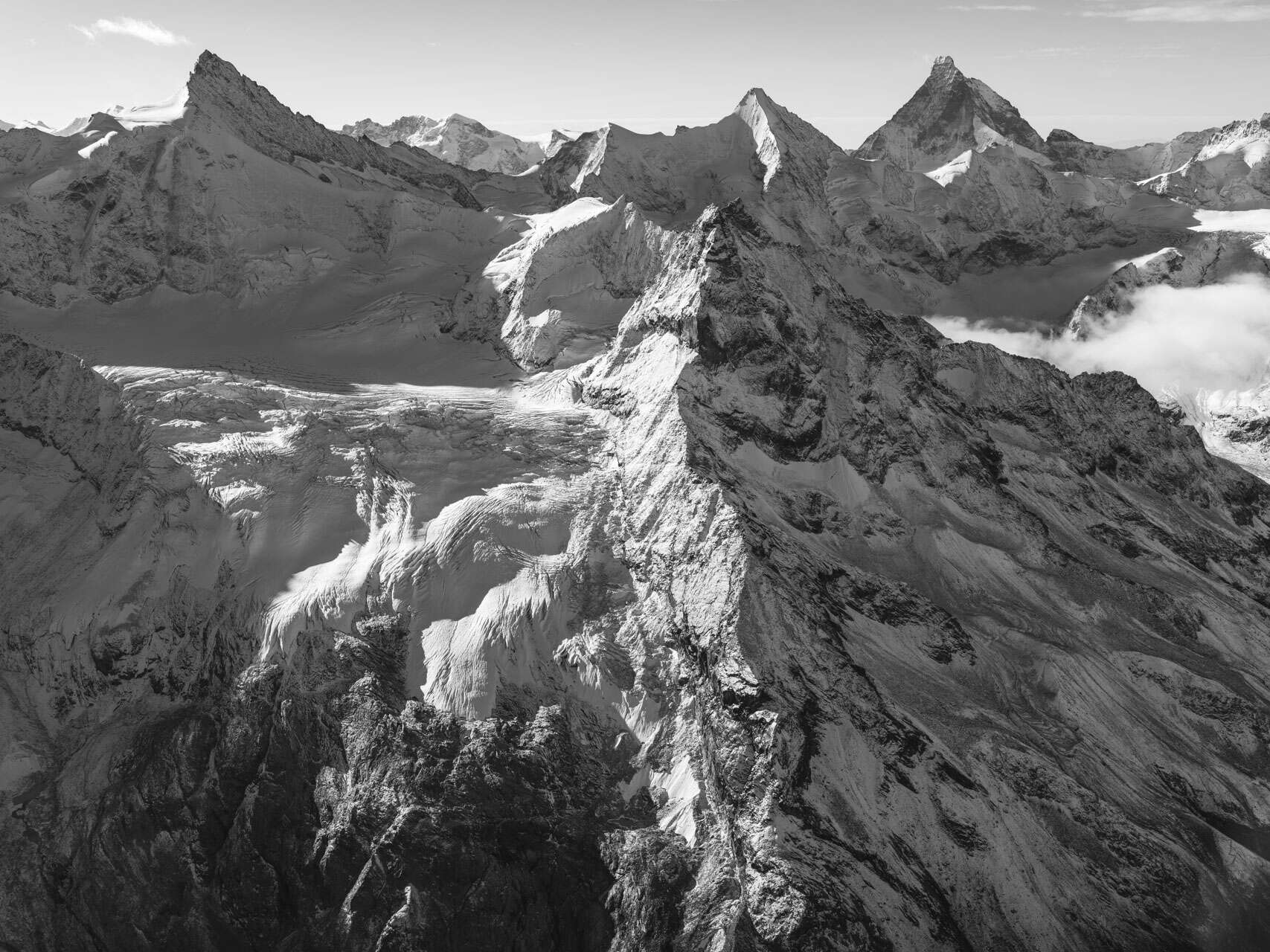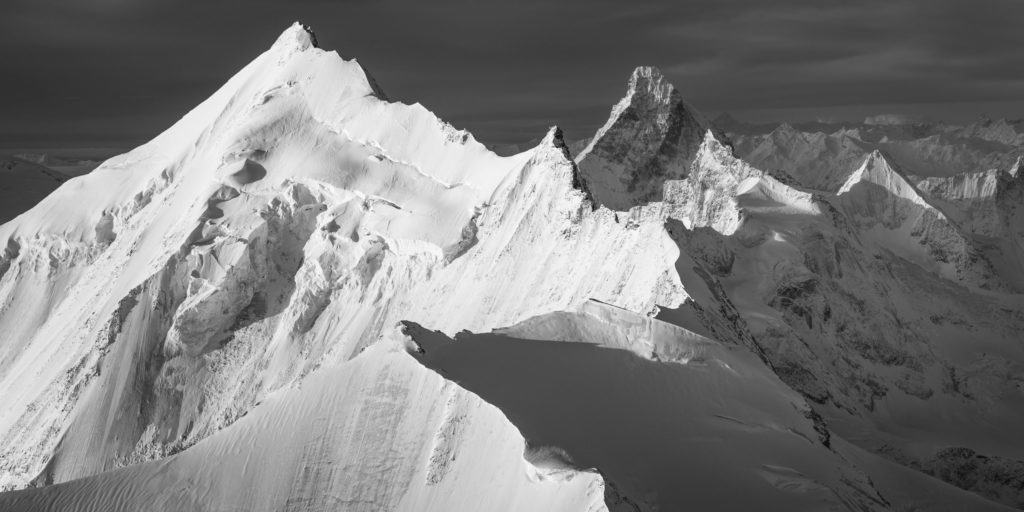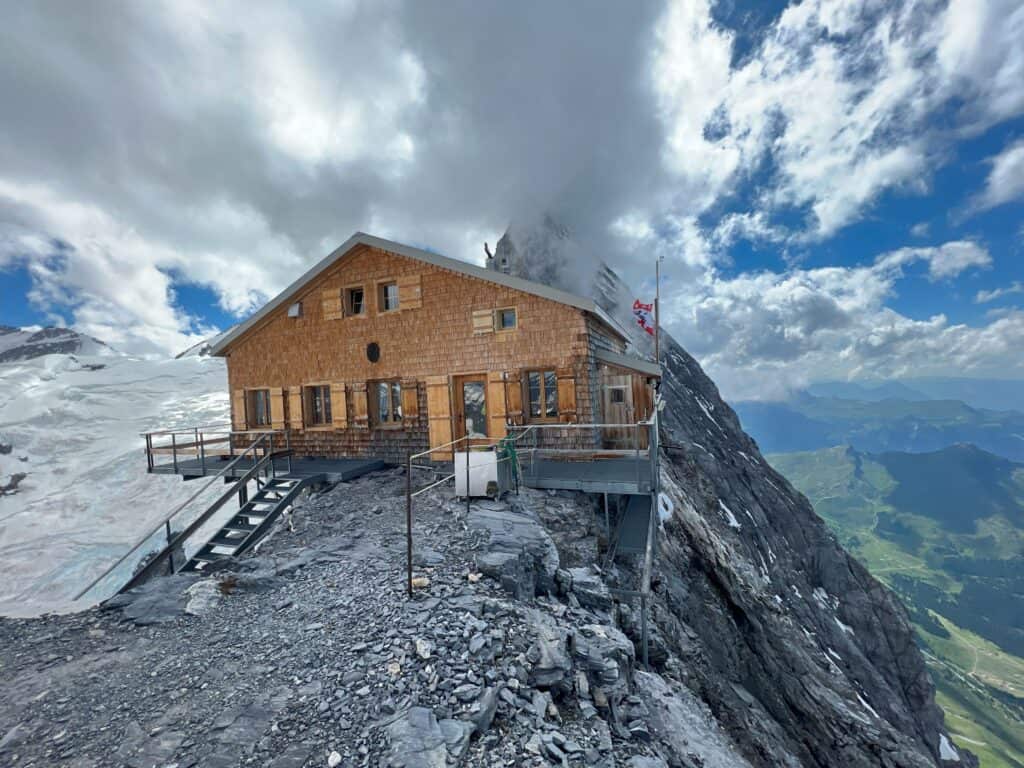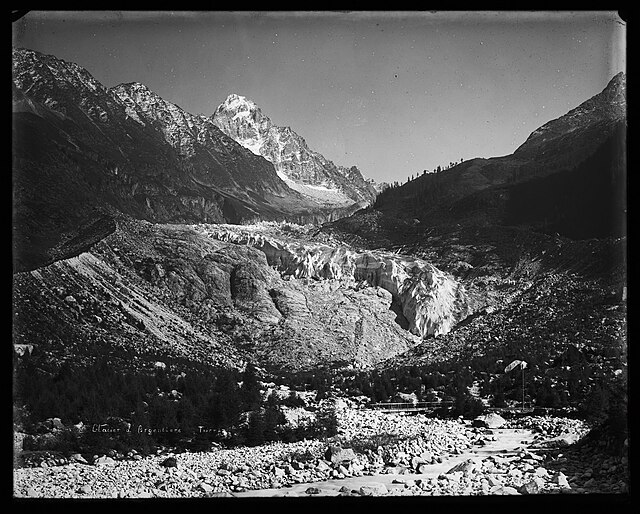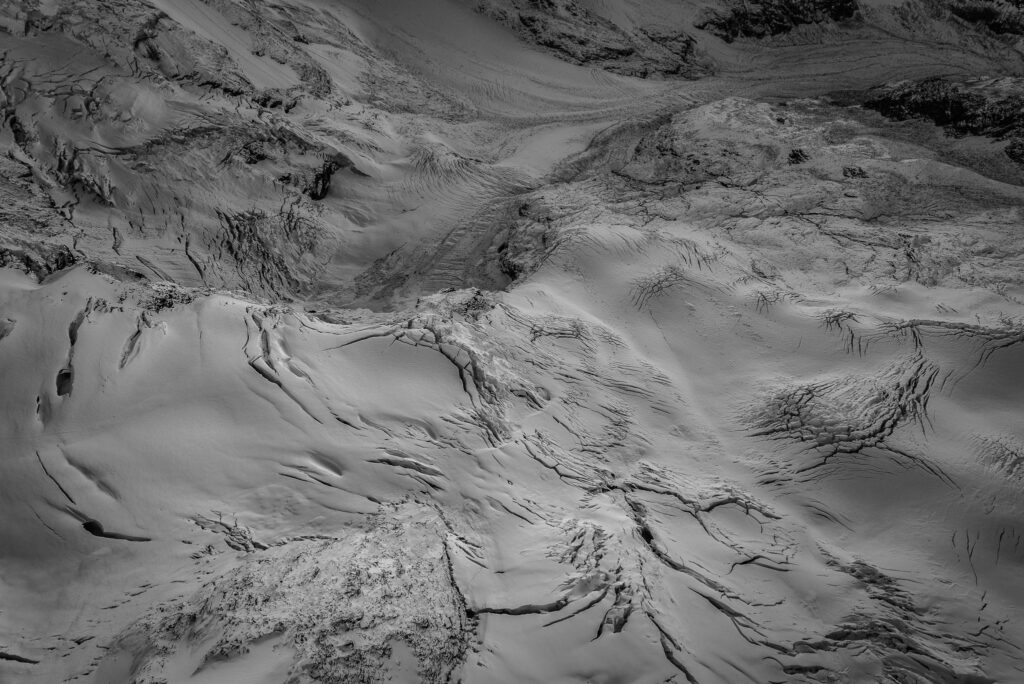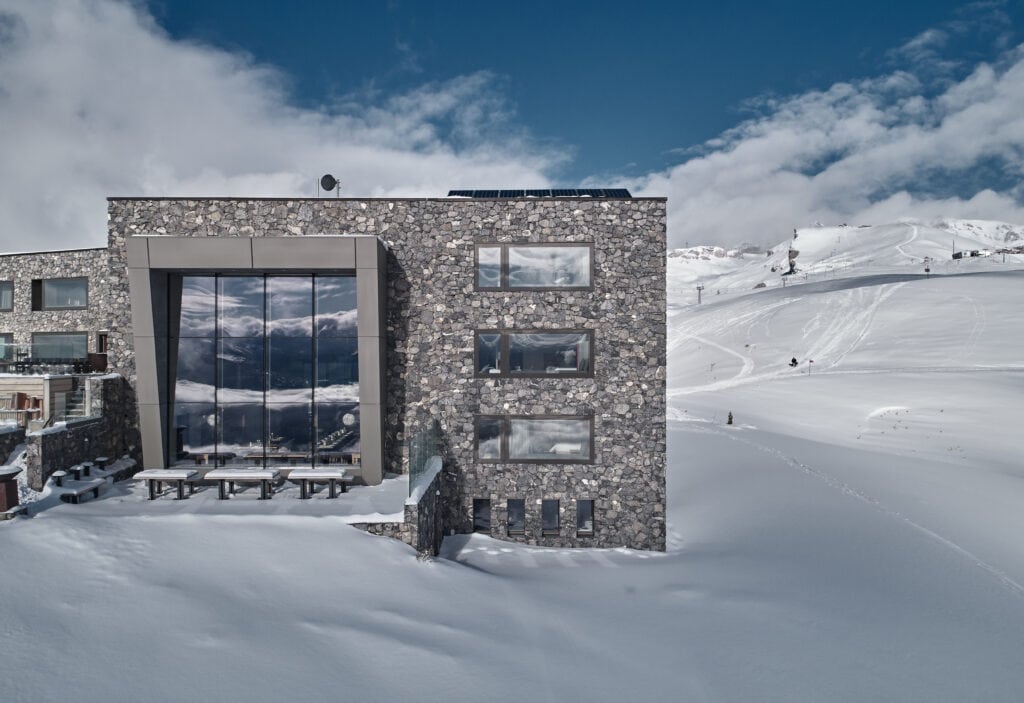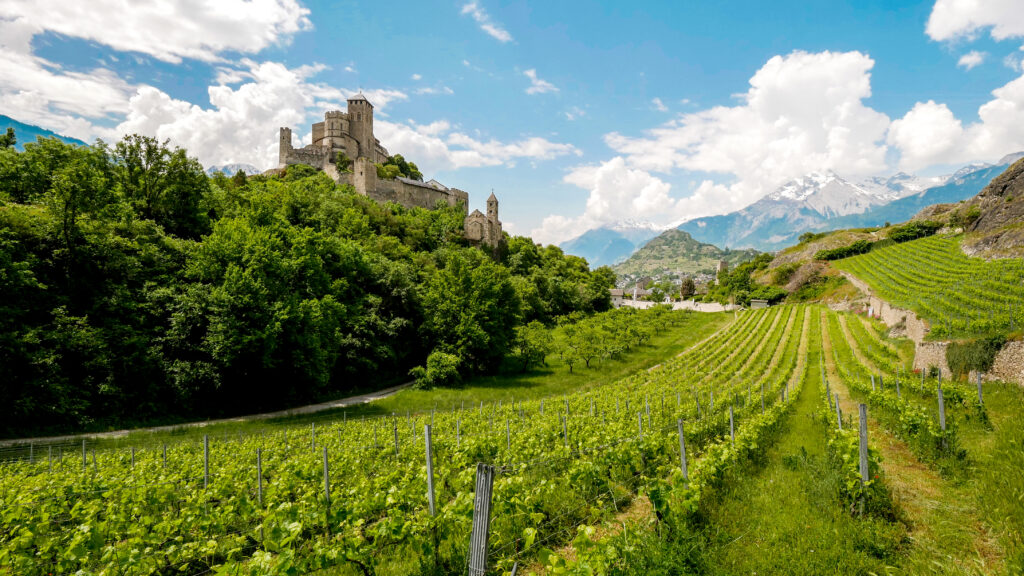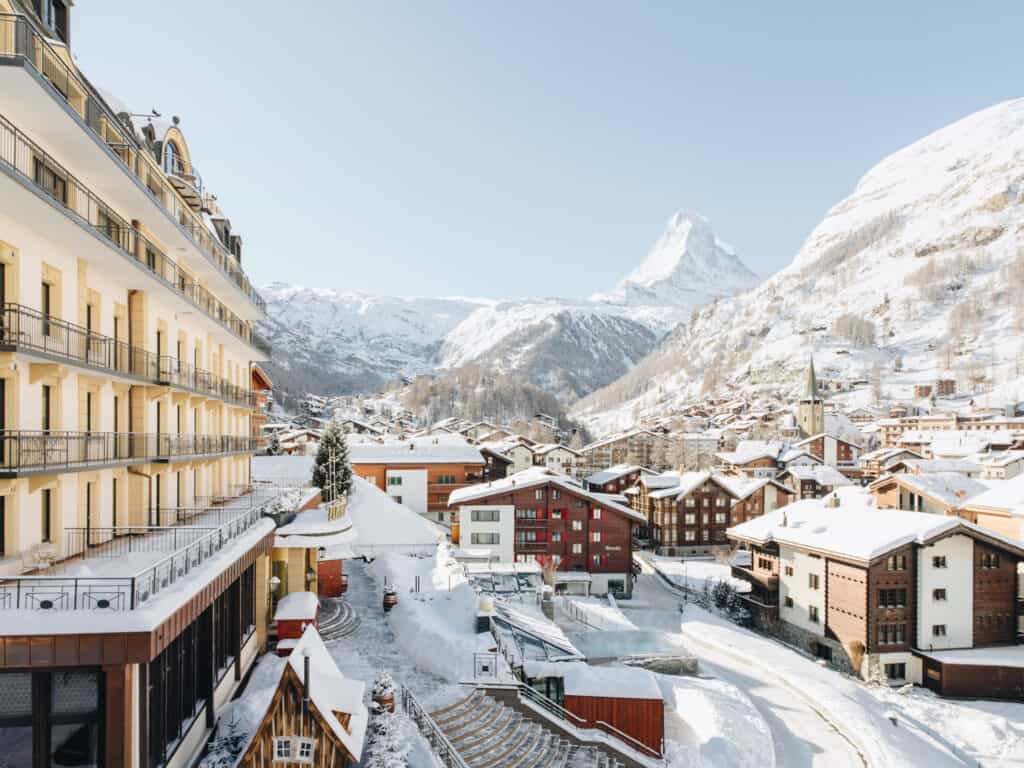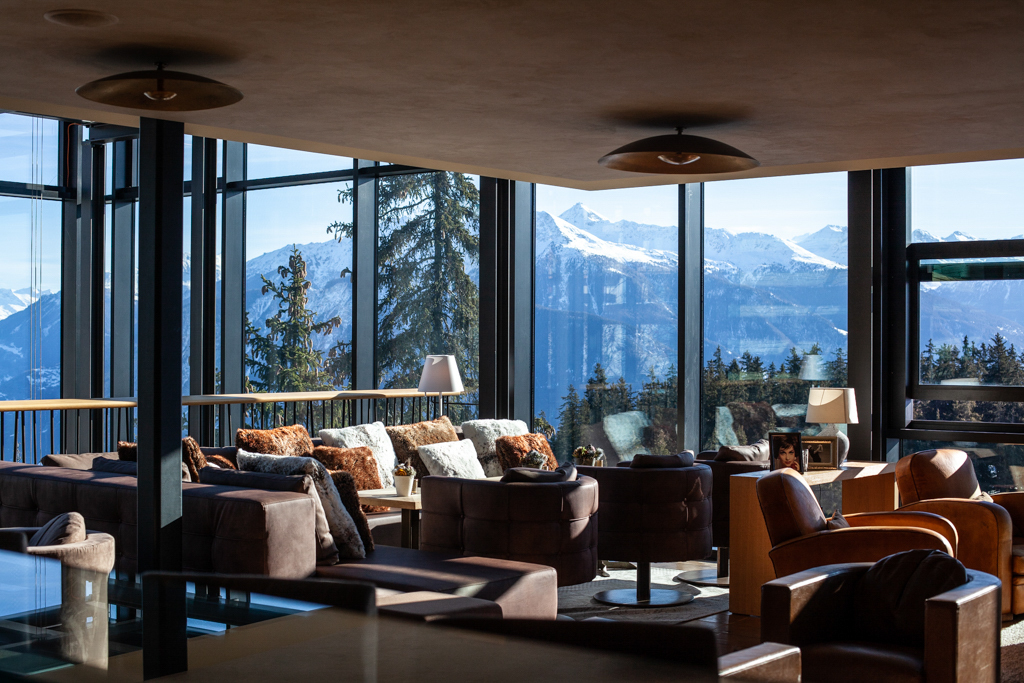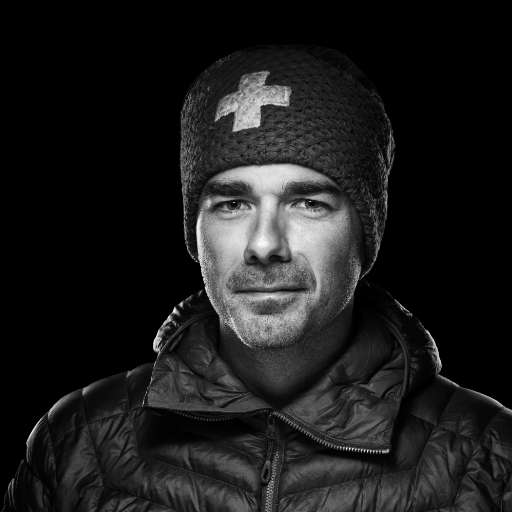There are places that fascinate us more than others. Places that awaken in us the wind of adventure and the melody of dreams. Zinal is one of them. This emblematic village of val d’Anniviers was born from the breath of the mountain pastures. Under the benevolent tutelage of the mountains of the Imperial Crown, it has gradually evolved into a must-see resort in the Valais Alps. Just as a simple pebble one day becomes a diamond, just as a hushed bud becomes an edelweiss. Let me tell you the story of Zinal, a mountain village with a heavenly destiny.
Zinal | Mythical village at the foot of the Imperial Crown Mountains
In the heart of the Swiss Alps lies a legendary village. Zinal The village, which is the starting point for some of the most beautiful summits in the Valais, was born at an altitude of 1674 metres at the bottom of the val d’Anniviers mountain range. Crossed by the Navizence river, fed by the fertile waters of the Zinal glacier, it has developed under the shelter of man and the aegis of the mountains. To the east, the Roc de la Vache, the Diablons and the Besso watch over it, while to the west it is dominated by the Corne de Sorebois and the Garde de Bordon.
But the legend of Zinal comes to life further up the valley. Beyond the Plats de la Lée, at the crossroads of the Zinal, Moming and Weisshorn glaciers, the Alps reveal their most precious treasure. At altitudes of over 4,000 metres, one gigantic mountain follows another. Clad in a blanket of snow, they reach for the sky, majestic and flamboyant. Combining their strength and brilliance, they form the legendary Imperial Crown of Zinal. An unchanging masterpiece of prodigious natural beauty, Zinal owes its exceptional destiny to the mountain. Bishorn Weisshorn, Zinalrothorn, Obergabelhorn and Dent Blanche, the colossal peaks for which this small mountain village is famous.

Zinal | From village to summer resort for famous mountaineers
Nestled in the heart of a valley that becomes narrower as it approaches the giants of Zermatt, Zinal owes its name to the patois term "tsina", meaning "channel" in modern French. Man's anchorage point at the crossroads of the high summits, along a corridor linking green lands to sharp peaks.
Originally, Zinal was a village of mayens, small dwellings typical of the Valais alpine pastures, occupied only for a few weeks a year during the summer cattle season. Built of rough, half-buried masonry, they were constructed of larch wood or stone and covered with corrugated iron sheets or wooden shavings. The Anniviards used to stop here in spring, when they took their herds to the nearby mountain pastures. They slept there again in autumn, when it was time to bring the animals back down to the farm. People have always crossed this valley floor without leaving a trace. The oldest known houses in the village date back only to the end of the 18th century.
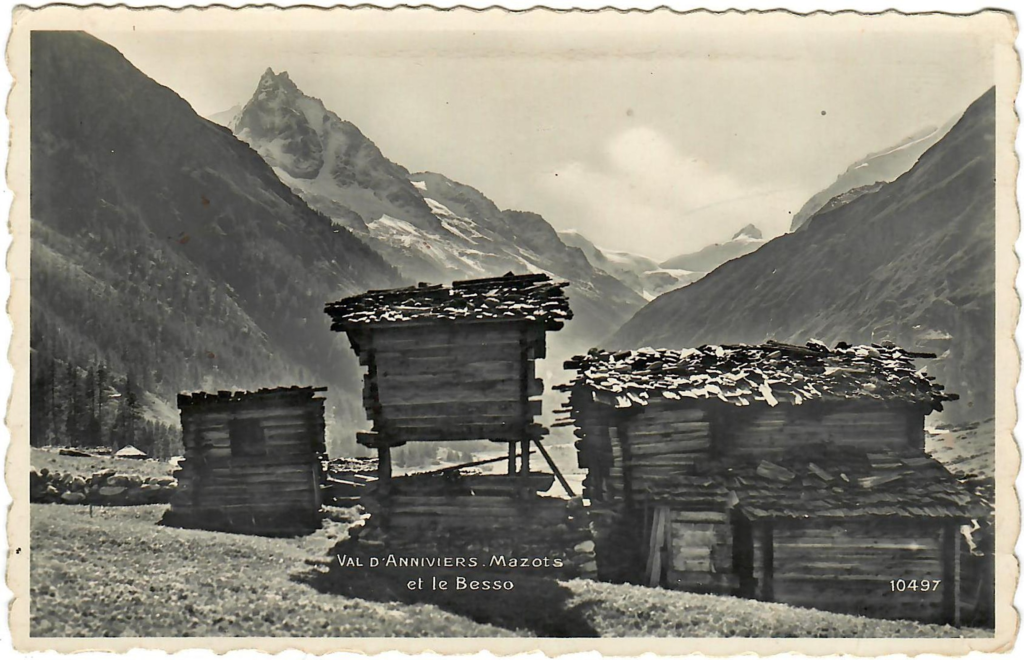
From 1860 onwards, this transhumance area became a summer resort. Attracted by the fame of the surrounding summits , English mountaineers took up residence at Zinal for the summer. Inaugurating the golden age of mountaineering, alpine clubs sprang up all over Europe, and Zinal saw its image spread far beyond Switzerland's borders. The mountain village had to adapt to its new visitors. Existing buildings were extended to accommodate tourists, and several hotels were built. The first Zinal hostel opened in 1859, welcoming famous mountaineers. Among them, the great Edward Whymper, first conqueror of the Matterhorn, stopped here in 1859 before crossing the Moming Pass. The inn also welcomed Leslie Stephen, who was about to make the first ascent of the Zinalrothorn in 1864. As for Francis Douglas, infamous for having perished in 1865 during the expedition led by Edward Whymper to summit the Matterhorn, he joined the inn to reachObergabelhorn just a few weeks before his tragic death.
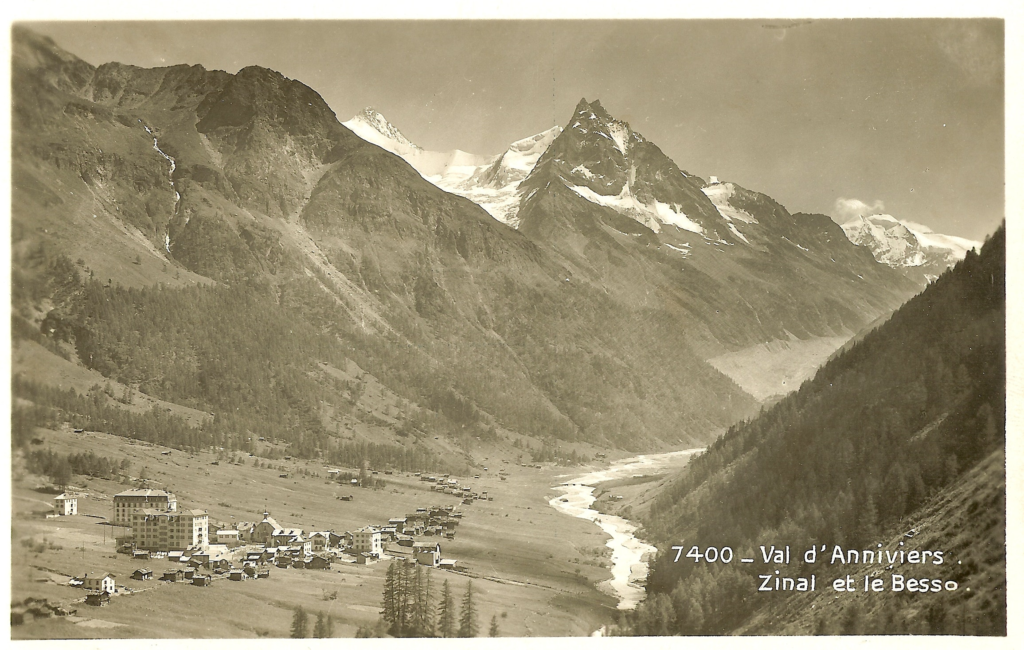
To meet growing demand, six more hotels were built. The Diablons, Besso, La Poste, Trift, National and Pointe de Zinal were all very successful. A new chapel was also built in English neo-Gothic style, as a tribute to the visitors from across the Channel who had given the village the opportunity to develop. Dedicated to Zinal's patron saint, Saint-Barthélemy, who protects people from fires and natural disasters, its stained glass windows are the work of Roger Theytaz. They honor the patron saints of Ayer, Grimentz, Saint-Jean and Vissoie, who protect the valley and the people who live there. Alfredo Cini's Last Judgement, painted in 1948, was the high point of the project.
Zinal en lumière | From the Sierre race-Zinal to the vitality of the Grimentz ski area -Zinal
Zinal enjoys its first hours of glory in summer, buoyed by the splendor of its landscapes and the grandeur of the surrounding mountains. But how could the village remain so isolated from the rest of the world? The project mooted in 1906 for an electric railroad linking Sierre to Zermatt was abandoned on the eve of the First World War. Travelers could only reach Zinal by mule, as the road between the station and Ayer was not passable. The problem was thorny and the work colossal, but the authorities had their backs to the wall. The time had come to build a road to open up the village and accommodate the influx of tourists. In 1957, the road was opened, ushering in a new era for Zinal .
As winter tourism swept through the Swiss Alps, Zinal was able to keep pace. It became a winter sports resort in 1961 with the installation of the Défichiaz ski lift. In 1966, the development of the Sorebois ski area led to the construction of the Zinal-Sorebois cable car and the installation of new lifts. The village is alive with excitement and enthusiasm. From the scents of summer to the chills of winter, its heart beats all year round. From six Zinalois in 1961, the village had 110 inhabitants by 1970.
In just a few decades, Zinal has metamorphosed from a village-mayen's village into a world-renowned resort-village, renowned for the beauty of its landscape and the richness of its attractions. Alpine enthusiasts can enjoy fabulous mountain scenery along over 300 km of hiking trails. They can reach the Moiry dam or the Zinal glacier, while mountaineers venture to the top of the highest summits in the Imperial Crown. History buffs can take to the Lée copper mines or travel back in time to the ancient monuments of val d’Anniviers.
In August, sports enthusiasts come to the village to watch the finish of the famous Sierre-Zinal mountain race, created in 1974 by Jean-Claude Pont. Every year, amateur and professional racers alike come together to tackle impressive vertical drops through breathtaking scenery. But the village owes its popularity above all to the Grimentz-Zinal ski area. A skier's paradise, it also boasts a huge freeride area dedicated to experienced steep skiers and snowboarders.
What an incredible destiny for this mountain hamlet, a summer refuge for the farmers of Anniviers! In just a few decades, Zinal has risen from obscurity to prominence. Carried along by the ardour of the first mountaineers and the fervour of more and more tourists every year. But for me, as a mountain photographer, Zinal remains forever the symbol of the heights. From the magnificence of its imperial crown to the opulence of its alpine pastures. Zinal remains the witness to my most beautiful works and the inexhaustible source of my inspiration.
